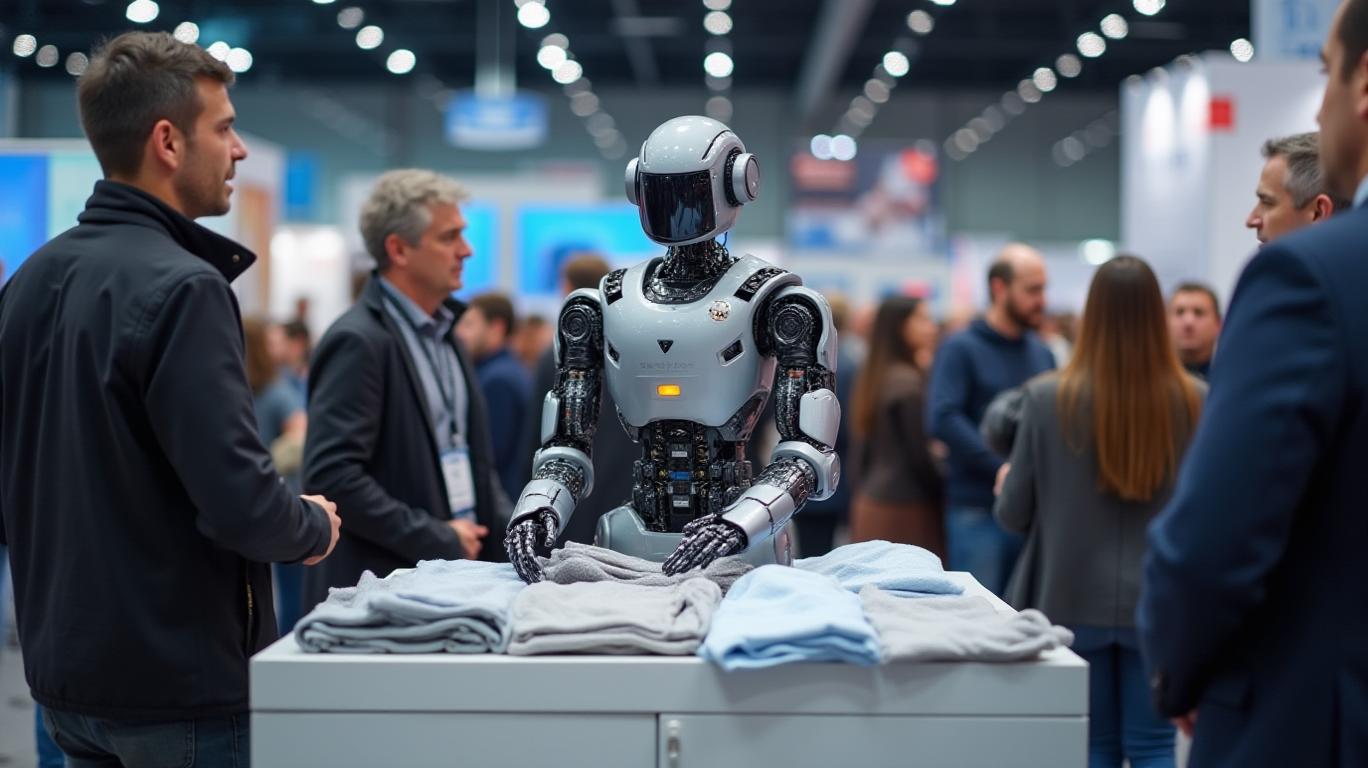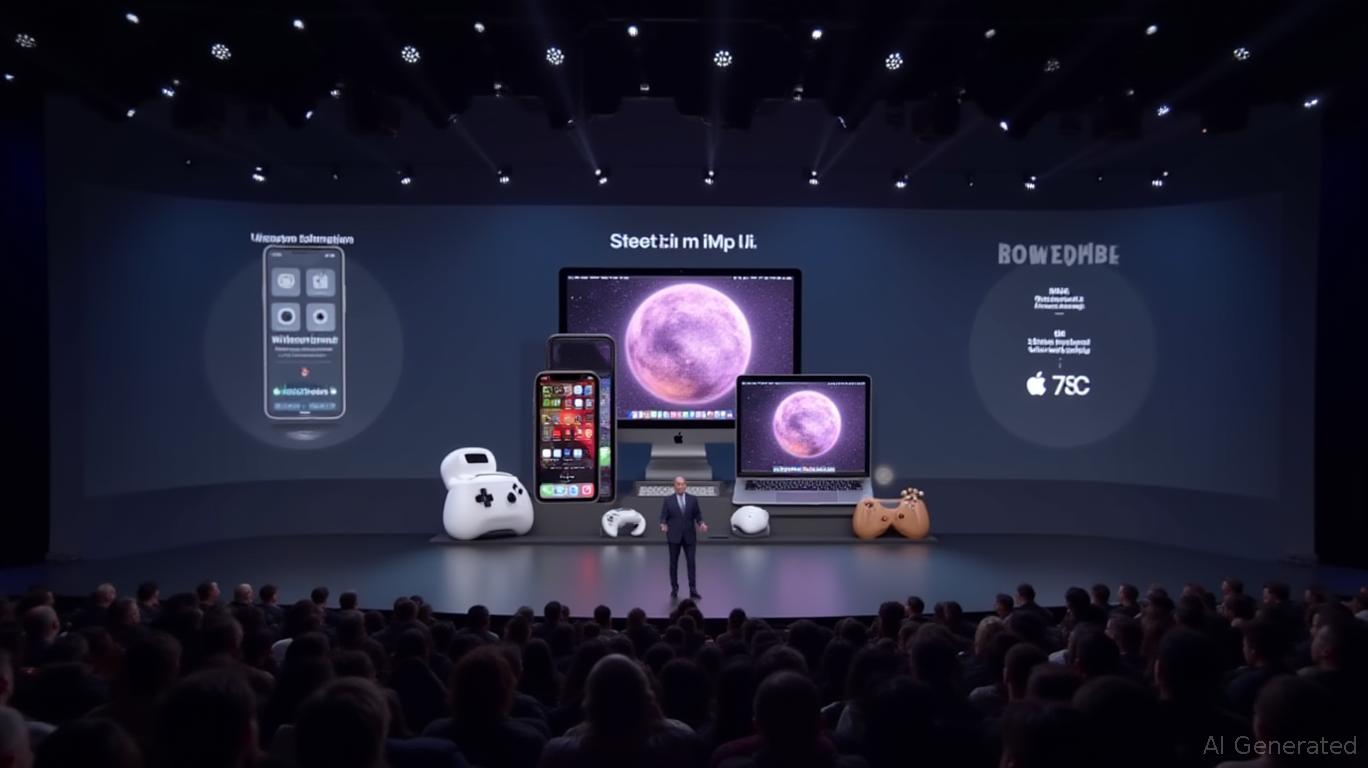Silicon Valley’s AI Pivot: How the Future of Tech Was Mapped at TiEcon 2025
The Bot Company’s $150 million funding round. Harvey’s $300 million valuation. A nuclear plant using AI to cut document searches from weeks to seconds. Over three days in late April, Silicon Valley’s TiEcon 2025 conference crystallized a truth: the region’s next chapter will be shaped by artificial intelligence.
Ask Aime: What tech startup is revolutionizing document searches with AI?

The Conference That Set the Agenda
Held April 30–May 2 in San Jose, TiEcon brought together 11,000 attendees to debate AI’s role in everything from healthcare to geopolitics. Microsoft’s Satya Nadella and Intel’s Lip-Bu Tan anchored keynotes, but it was the startups and regulatory debates that signaled a shift.
Ask Aime: Will AI shape Silicon Valley's future?
The conference’s five core themes—AI ethics, future mobility, cybersecurity, global collaboration, and deep tech—mirrored the Valley’s evolving priorities. A standout session on “AI in Nuclear Power” highlighted the technology’s reach: Diablo Canyon’s new Neutron Enterprise tool, built with startup Atomic Canyon, slashed document search time from 15,000 annual hours to seconds.
The Startup Surge: Bets on Robotics, Law, and Code
While venture capital flows to AI startups have slowed, TiEcon’s attendees underscored a new wave of “applied AI” investments:
- The Bot Company, led by ex-Cruise CEO Kyle Vogt, raised $150 million to build household robots capable of folding laundry and doing dishes. Its $2 billion valuation reflects investor confidence in the $40 billion robotics market.
- Harvey, a legal AI platform automating contract reviews and compliance, secured $300 million. Its tools now serve 30 of the top 100 law firms, cutting due diligence costs by 25%.
- Anysphere, valued at $2.5 billion after a $105 million round, is tackling developer bottlenecks. Its AI coding tool, Cursor, contextualizes entire codebases—a leap beyond rivals focused on individual files.
The Regulatory Tightrope
As startups race ahead, California’s lawmakers are scrambling to keep up. Over 18 new AI laws, from transparency mandates to election integrity protections, have been debated since 2024. At TiEcon, panelists like Stanford’s Dr. Fei-Fei Li warned of “asymmetric risk”:
> “The Valley’s innovation engine can’t afford to ignore ethics. A single scandal could stall adoption for years.”
Meanwhile, the industry is already adapting. Over 50% of new Silicon Valley office leases are now claimed by generative AI firms, even as tech layoffs hit 23,400 in April. The paradox? Companies are cutting costs to invest in AI-driven efficiency.
The 4D Future: From 3D Creation to Spatial Computing
Roblox’s beta launch of Cube 3D, an open-source AI tool for generating 3D game assets, hints at a deeper transformation. The platform aims to democratize 3D creation, but its roadmap—“4D” spatial interaction—points to a future where AI designs objects that physically interact with environments.
Conclusion: Silicon Valley’s New Gravity
The TiEcon conference and its aftermath reveal a clear path forward: Silicon Valley is no longer about coding the next app. It’s about applied intelligence—AI that automates labor, secures data, and invents new industries.
Investors should focus on three trends:
1. Robotics and physical automation: The Bot’s household bots and Anysphere’s code tools exemplify the shift from software to hardware.
2. AI as a productivity lever: Companies like Harvey and Diablo Canyon show how AI can slash costs in regulated sectors.
3. Open-source innovation: Roblox’s Cube 3D suggests that democratizing AI tools will fuel the next wave of startups.
The Valley’s AI pivot is not just about technology—it’s about rewriting the rules of work, law, and infrastructure. For investors, the question isn’t whether to bet on AI, but how to bet wisely. The next decade’s winners will be those who align with the Valley’s new gravity: applied intelligence, everywhere.










